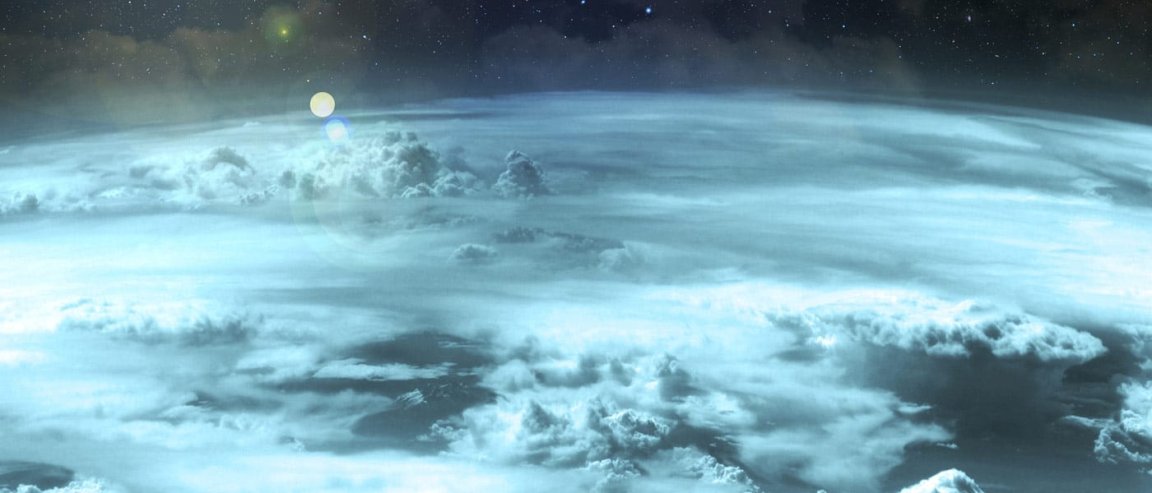
Pluto’s Waters
The existence of water on Pluto was first brought to our attention by the July 2015 flyby of NASA’s New Horizons spacecraft, when a supposed subsurface ocean was spotted on the icy dwarf planet. Since then, continuous study of the former ninth planet’s topographical structures have led to even more confirmation that there is, indeed, water on Pluto.
This subsurface ocean, which is said to exist underneath Pluto’s heart-shaped zone called the the Sputnik Planitia (or Planum), is part of the area known as the Tombaugh Regio. It’s a 1,000km (621-mile) wide frozen plane composed mostly of nitrogen ice, with some methane and carbon monoxide. Beneath it is the supposed ocean, which according to researcher William McKinnon, is laden with ammonia. McKinnon is professor of earth and planetary sciences in Arts & Sciences at Washington University in St. Louis and a co-author of the study published in Nature.

Life’s Telltale Sign
Where there is water, there’s a great possibility that life could also exist. In the Sputnik Planitia, despite the presence of ammonia, McKinnon believes it’s possible for life to exist in these frozen waters. “On Earth, microorganisms in the soil fix nitrogen to ammonia, which is important for making DNA and proteins and such,” he said.
“If you’re going to talk about life in an ocean that’s completely covered with an ice shell, it seems most likely that the best you could hope for is some extremely primitive kind of organism.”
Other formations that suggested water were found along the Virgil Fossa, just west of an area called the Elliot crater, and also in the Viking Terra and in the Baré Montes. These areas showed strong signatures of water ice occurrence, according to data from New Horizons’ Ralph instrument. These areas are part of a region in Pluto that stretches approximately 450 km (280 miles), which could also sustain water under the surface.
But perhaps if water is the basis of finding extraterrestrial life, there are better chances in two of Jupiter’s moons. Titan and Europa both are said to have bodies of water, a primordial ocean of methane for the former and a frozen one containing more water than on Earth for the latter.